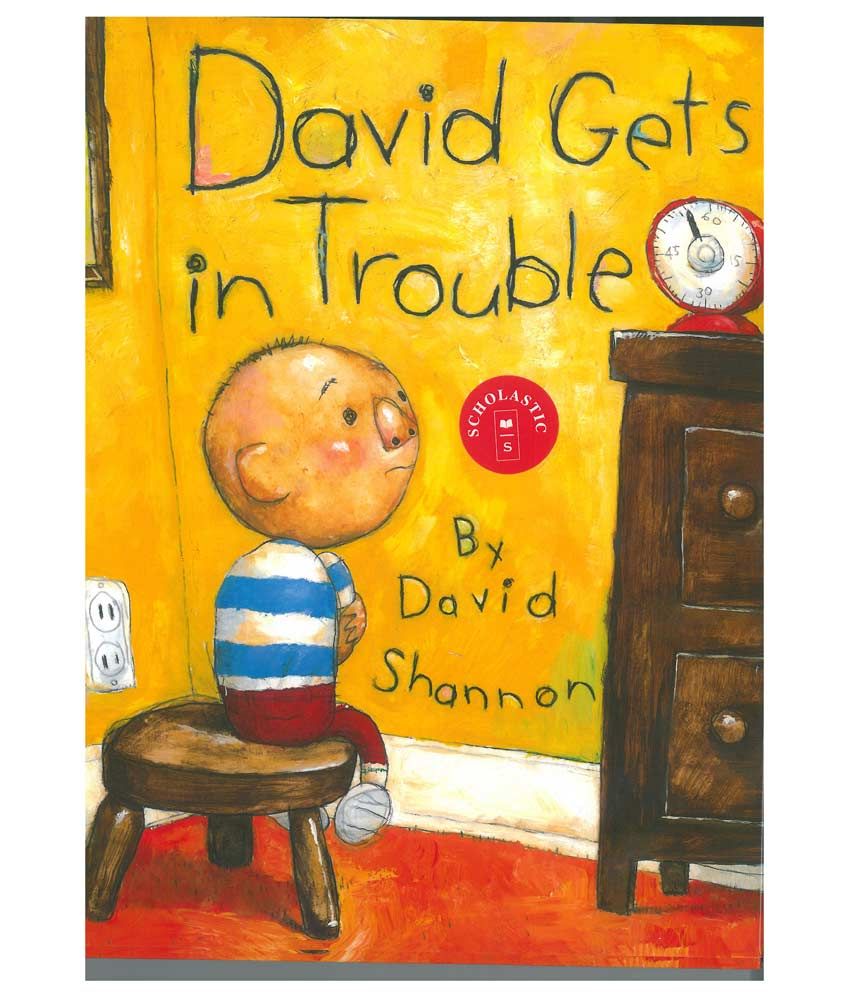

Anyone can sympathize with David's trials and tribulations, whether he is scowling at his breakfast ("Do I have to?"), pulling the cat's tail ("But she likes it!") or sitting sullenly on the bathroom floor, soap wedged firmly in mouth ("But Dad says it!"). In this follow-up to No, David! and David Goes to School, Shannon finally lets David get a word in edgewise as in "No! It's not my fault!" and "It was an accident!" In a series of hilarious snapshots of trouble-in-progress, David hurtles from one scrape to another. To work on problem solving, ask your child to list alternative actions that David could have taken to prevent getting in trouble.That irrepressible fellow with the Charlie Brown head is back, trailing a whole new slew of disasters in his wake. Ask questions and encourage conversation. Have your child draw a picture about it and describe the situation.

With the animated illustrations and simple words, it’s also a great book to work on literacy and sight words.Ĭarryover Activities: Create your own story with your child and when and why they got in trouble. ask your child “Why did David make a silly face in his class picture?” or “How do you think the other children would feel when you make a silly face in the class picture?”). David Gets in Trouble by David Shannon can be a great book to open discussions regarding different topics (e.g.

Some kids can wound up in more trouble than others but it never makes you love them less. What I love most about this book is the ending, when he says “I’m sorry” and “I love you Mom”.Īs parents, no matter what our child does, we love them just the same.

He spills his juice on the floor, breaks things and even goes to school in just his underwear. Do you have a little troublemaker at home? If you do, you will love this book! David Gets in Trouble is about a little boy named David who always finds himself in trouble.


 0 kommentar(er)
0 kommentar(er)
